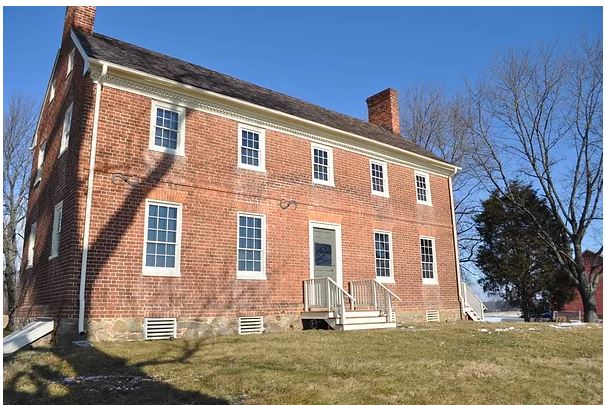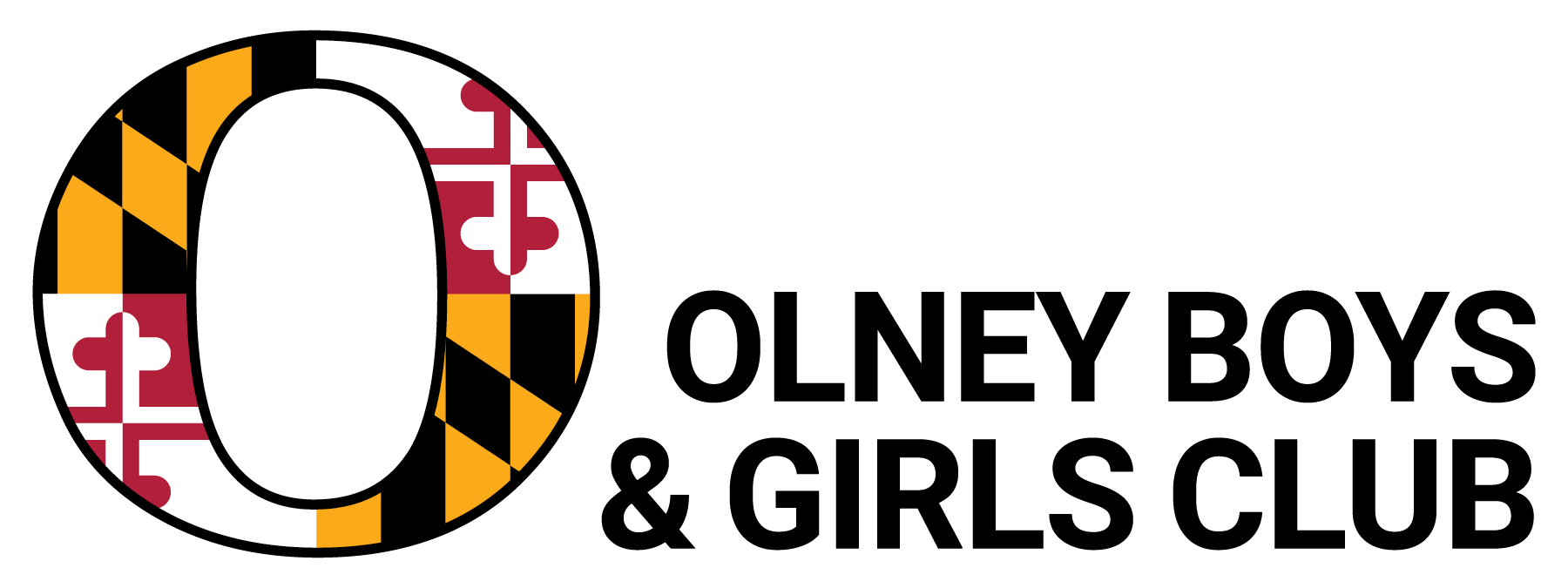
Tim Pruss, MyDrone.Pro
About OBGC
The Olney Boys and Girls Club (OBGC) provides children of all ages with structured & safe sports programs that emphasize physical, social and emotional development. Offering both recreational and competitive opportunities across a spectrum of sports, OBGC helps kids to build confidence, self-esteem and leadership while striving to cultivate a lifelong interest in sports, health and teamwork.
OBGC runs as an almost entirely volunteer-based organization with incredible community support from participating families, local businesses and trusted partnerships.
OBGC History
At a summer barbeque in 1969, three members of the Olney community envisioned an organized environment where children could learn to play sports and expend some of the energies of youth. Their commitment to this idea developed into the Olney Boys Club (OBC). The OBC was the first chartered non-profit organization in Montgomery County and one of the first youth sports clubs in the State of Maryland. In 1971, the Olney Boys Club changed its name to the Olney Boys and Girls Club, representing all children in the community.
As the Club and community grew, so did the demand for available storage and play space. In fact, a large part of OBGC’s history and early success was defined by the generosity of its families and volunteers to store equipment, uniforms and trophies in their own homes and garages. The Board of Directors realized, however, that they needed to find a permanent home for the Club to best serve the community for years to come.
In the mid-1980s, several attempts were made to identify and purchase tracts of land that could become a permanent home for OBGC, however, something always fell through. But in 1998, OBGC negotiated to purchase the lovely and historic 118-acre farm, known as Falling Green. Thus began the process of putting the financing and capital together that would be needed to complete the enormous project. In 2004, OBGC was one of only 53 nonprofit organizations out of 20,000 in the state of Maryland, and the only sports association, to receive the coveted Maryland Association of Nonprofit Organizations Seal of Excellence Award.
Today, the organization provides services to more than 7000 children annually and is a regional landmark. Change and growth are ever-present and continue to be driving forces for OBGC to adapt and find new ways in which to best serve the community through sports and teamwork.
The History of Freeman Fields
The OBGC Community Park is located on a 118-acre farm named Falling Green. In 1998, the Board of Directors purchased the property from a local sod farmer named Ken Warfield to build a youth sports facility that families and the community could enjoy and utilize. After working for over a year to gain the necessary governmental approvals and special exceptions, OBGC was ready to build the facility and received a generous donation from the Carl M. Freeman Foundation in the amount of $1.25 million to go towards the $6.5 million park. The donation from the Foundation was made in honor of Carl M. Freeman, a local developer and philanthropist who raised his children near Olney and believed in giving back to the community.
The Park was originally owned by the Brooke family, for which Brookeville and numerous other local landmarks are named.
The first Brooke to settle in Maryland was Robert Brooke, a wealthy immigrant who sailed from England to America in his own ship in 1650. With his great wealth, Robert Brooke rose to prominent positions in the Colonial Government and became a leader in Maryland and the State and County legislatures. In 1728, Robert Brooke’s grandson, James Brooke, had risen to great prominence in the local community and was gifted a patent (deed) for 2,000 acres of land by Charles Calvert the 6th, Lord of Baltimore. These 2,000 acres that were gifted to James were the original “De La Brooke” of “Brooke Grove”, that is now famous in the Olney community.
By 1745, James Brooke’s holdings had grown as he collected additional properties in “Olney” and Sandy Spring. He was granted a reserve of his holdings that had reached 20,000 acres and prior to James Brooke’s death, he had allowed a few members of his family to build homes on parts of his 20,000 acres. The home built in 1764, by his oldest son Basil Brooke, was located on part of the original 2,000 acres that had been gifted to his father. Basil originally named the home “Belleville” and it was considered an excellent example of Georgian architecture with fine detailing and Flemish bond brickwork. In fact, the bricks were forged onsite and were very rare and expensive at the time. The house would eventually be renamed “Falling Green” in 1824 by descendant Mary Briggs Brooke. The name was chosen because of the “pleasing manner in which the land slopes gently away from the house with the verdant fields and meadow in the foreground, and the luxuriant woodland in the distance”, much like it still does today. (Farquhar 1962)
Over the next seven generations, the original home and acreage at Falling Green was passed down through the Brooke family and portions of Basil’s estate were sold off for one reason or another. Eventually, seven large estates were created from the original 2,575 1/2 acres and a number of them are now Olney landmarks. While Falling Green was owned by the Brooke family from 1764 to 1961, it was surrounded by beautiful trees and evergreens to the north and south and was hidden from the roadway until 1949, when it was sold to Dick White, a local sod farmer who cleared it for his use. At the time of the sale away from the Brooke family, it was agreed that Mary B. Brooke and Edith Brooke Green would be given a life estate on the property (the right to live in the house) for the rest of their lives, which they did.
After two decades, Mr. White eventually sold the home and property to another local sod farmer and developer named Ken Warfield who farmed the property for approximately 10 years. The Board of Directors of OBGC purchased the property from Ken and began to not only transform the property into the Park that is now located there today, but preserve the home and barn of Basil Brooke. Other famous Maryland families that lived in Falling Green were Annie Farquhar and Elizabeth Hopkins.
Falling Green is now home to the OBGC administrative staff offices where great care is taken to preserve and share its rich history with the public.



